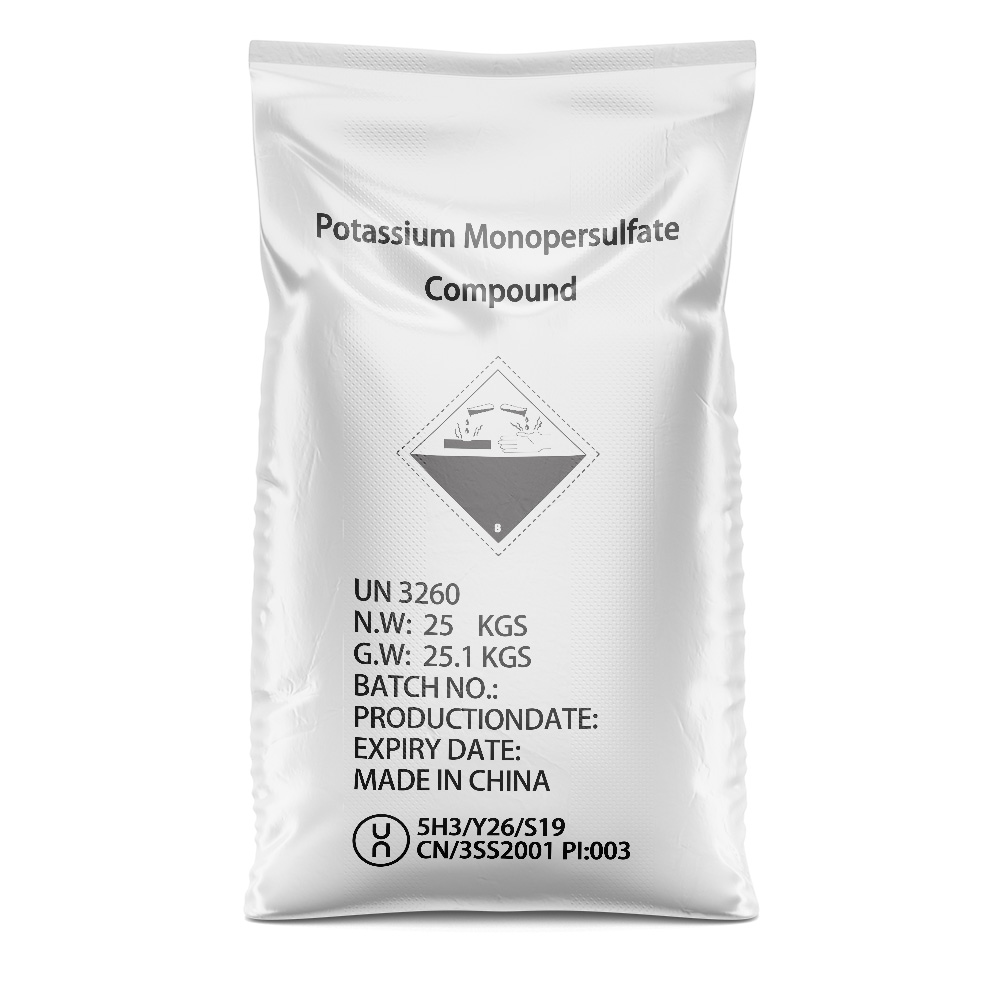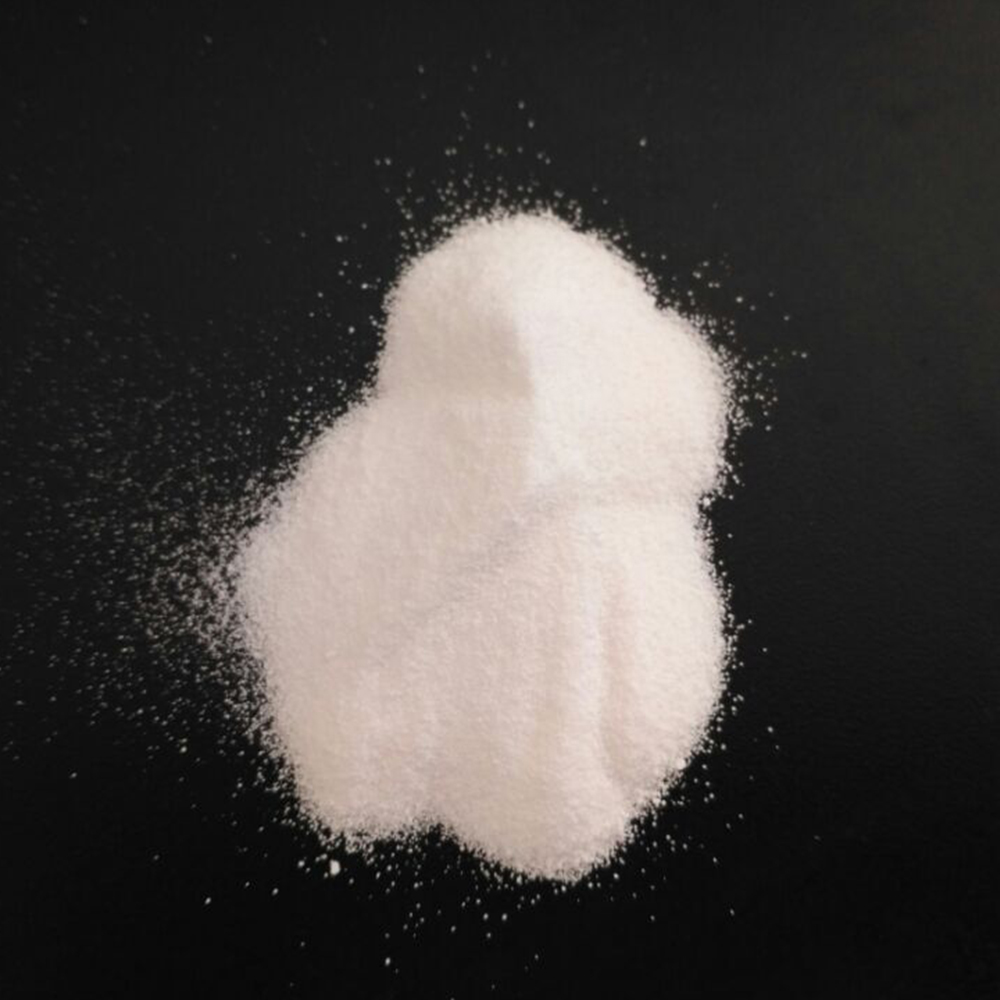



Potassium Peroxymonosulfate: Chlorine-Free Shock for Pools?
Potassium Monopersulfate Compound Powder: what buyers are really asking in 2025
If you work in pools, food & beverage CIP, aquaculture, or wastewater, you’ve almost certainly come across potassium peroxymonosulfate. Folks in the trade just say “MPS” or “triple salt.” It’s a clean, fast oxidizer—no chlorine smell, and it plays nicely with many formulations. I’ve seen procurement teams switch to it for simple reasons: stable supply, predictable ORP boost, and fewer complaints from operators.

What it is, and why the market cares
The product on the table is Potassium Monopersulfate Compound Powder (sometimes called MPS triple salt, formula 2KHSO5·KHSO4·K2SO4). The industry trend is clear: more non-chlorine oxidation, less halogen odor and byproducts. Pools and spas know this story, but—surprisingly—dairy and craft beverage plants are now testing MPS as a CIP booster to reduce caustic load. Many customers say it “just works” for odor control in sludge dewatering too, which, to be honest, was a sleeper application five years ago.
Technical specifications (typical, real-world values may vary)
| Product name | Potassium Monopersulfate Compound Powder (MPS) |
| Brand | FIZA |
| CAS / EINECS | 70693-62-8 / 274-778-7 |
| Molecular formula / weight | 2KHSO5·KHSO4·K2SO4 / ≈614.7 g·mol⁻¹ |
| Appearance | White to off‑white crystalline powder/granules |
| Active oxygen (as O) | ≥4.5% (typical ≈4.7%) |
| pH (1% solution) | ≈2.0–2.3 |
| Bulk density | ≈1.0–1.2 g/cm³ |
| Particle size | Sieved 8–30 mesh (custom cuts available) |
| Shelf life | 24 months sealed; store cool & dry |
| Origin | Zhongyuan Building, No.368 Youyi North St, Shijiazhuang, China |
| Certifications | ISO 9001; NSF/ANSI 60 availability upon request; REACH-ready info |
How it’s made and tested (short version)
Materials: potassium bisulfate, potassium sulfate, and the active potassium peroxymonosulfate species formed via controlled oxidation and crystallization. Process flow (simplified): neutralization → triple‑salt crystallization → filtration → low‑temperature drying → milling/sieving → anti-caking treatment (optional) → QC release → packaging (PE‑lined bags/drums).
QC methods: active oxygen by iodometric titration; moisture by Karl Fischer; particle size by sieve set (ASTM E11); ORP performance checks in buffered solution; heavy metals by ICP‑OES when specified. Typical acceptance: active oxygen ≥4.5%, moisture ≤0.5%, sieve pass rate ≥95% of target cut. Where disinfection claims are required, clients often validate formulations to EN 1276 or similar—results depend on dosage and matrix.

Application scenarios
- Pools & spas: non‑chlorine shock to oxidize chloramines; fast re‑entry times.
- Food & beverage: CIP booster and odor control in drains (verify compatibility with stainless and elastomers).
- Wastewater & sludge: sulfide/thiol odor abatement; color/organics oxidation.
- Aquaculture & hatcheries: water refresh oxidation routines; always follow local regulations.
- Dentures and hygiene tablets: oxygen‑releasing base in multi‑component systems.
Advantages people point out: no halogen smell, minimal residue, broad compatibility, and—actually a big deal—predictable ORP lift without boosting chloride. Caveat: it’s an oxidizer, so avoid mixing with chlorine or strong alkali in dry form.
Vendor snapshot (informal comparison)
| Vendor | Strengths | Customization | Lead time | Certs |
|---|---|---|---|---|
| FIZA (China) | Competitive pricing; steady QC; responsive quoting | Particle size, anti‑caking, OEM bags | ≈2–3 weeks | ISO 9001; NSF/ANSI 60 on request |
| Global A‑brand | Extensive tech dossiers; broad regulatory footprint | Wide (coated grades, tablets) | 4–6 weeks | ISO 9001/14001; region-specific listings |
| Trading house | Small MOQs; flexible logistics | Limited | Varies | Depends on source |
Customization and packaging
Options I’ve seen work well: tighter 20–40 mesh cuts for tablets; anti‑caking silica blend for humid regions; slow‑dissolve granules for flow‑through feeders. Standard packs are 25 kg PE‑lined bags or drums; UN‑style packaging is available because potassium peroxymonosulfate is an oxidizer.
Service life and handling
Shelf life is about 24 months unopened (cool, dry, sealed). After opening, many plants aim to consume within 6–12 months. Keep away from bases, reducing agents, and metals. Always add product to water, not the other way around—simple, but worth repeating.
Mini case notes
- Municipal pool group in SE Asia: weekly non‑chlorine shock with potassium peroxymonosulfate cut complaints about odor; combined chlorine dropped ≈40% within two cycles (operator logs).
- Mid‑size brewery (EU): pilot CIP with MPS booster at 0.3–0.5% w/v trimmed caustic usage ~12% and shortened rinse time; elastomer checks showed no abnormal swelling at room temp.
Standards and test data pointers
For potable‑adjacent uses, buyers often request NSF/ANSI 60 conformance. Disinfectant performance (where applicable and legally registered) is typically validated to EN 1276. A good technical data sheet will list active oxygen, moisture, and sieve distribution alongside safety and handling.
- Solvay — Oxone Monopersulfate Compound: properties and applications (technical info). https://www.solvay.com/en/brands/oxone-monopersulfate-compound
- NSF/ANSI/CAN 60 — Drinking Water Treatment Chemicals. https://www.nsf.org/knowledge-library/nsf-ansi-standard-60-drinking-water-treatment-chemicals-health-effects
- EN 1276 — Chemical disinfectants and antiseptics (bactericidal activity). https://www.en-standard.eu/bs-en-1276-2019
- ISO 9001:2015 — Quality management systems. https://www.iso.org/standard/62085.html
- ECHA substance information — Potassium peroxymonosulfate (triple salt). https://echa.europa.eu/substance-information
-
How and Why to Disinfect Water Softeners for Safe, Reliable WaterNewsNov.24,2025
-
Effective Deionized Water Disinfectant Solutions for Healthcare & Industrial UseNewsNov.24,2025
-
Commonly Used Disinfectant for Drinking Water – Global Uses & InnovationsNewsNov.23,2025
-
Chemical to Disinfect Water – Essential Solutions for Safe, Clean Drinking WaterNewsNov.23,2025
-
Blue Water Disinfectant: Safeguarding Global Water Quality with InnovationNewsNov.22,2025
-
Bleaching Powder for Water Disinfection – Affordable & Effective Water Treatment SolutionNewsNov.22,2025
-
Bleaching Powder Drinking Water: Effective, Affordable Disinfection WorldwideNewsNov.21,2025










